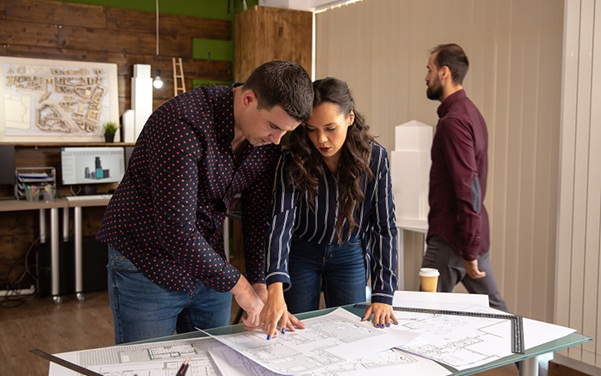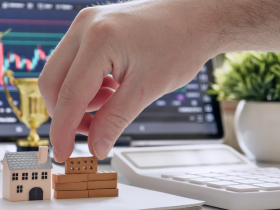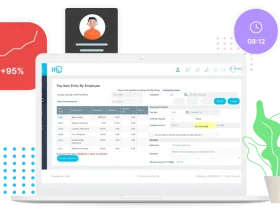Environmental Sustainability Design (ESD) consulting is frequently misinterpreted as a service confined to getting green building certifications. While certification is an outcome, the real value of ESD consultancy lies in the depth of technical insight, lifecycle performance analysis, and strategic input that influence every stage of the building process. Engaging a building sustainability advisor is not just about ticking compliance boxes for developers, architects, and building owners but also achieving long-term operational and environmental benefits.
Early Design Intervention and Passive Strategy Development
One of the most critical roles of an ESD consultancy is influencing the project at the design stage. A sustainable building advisor evaluates the site conditions, building orientation, natural ventilation potential, and solar exposure to guide the architect toward energy-efficient layouts. Passive strategies such as optimal glazing ratios, thermal zoning, and façade design are proposed to minimise reliance on mechanical systems. These consultants ensure that the development meets performance targets without incurring significant redesign costs later by embedding sustainability into the building’s design from the outset. This proactive input is often more valuable than the final certification itself.
Building Simulation, Modelling, and Technical Validation
A building sustainability consultant does more than just provide recommendations—they quantify the impact of proposed strategies through tools like energy modelling, daylight analysis, and computational fluid dynamics. These simulations are essential for assessing how a building will perform under real-world conditions. ESD consultancy services involve preparing thermal comfort studies, façade performance models, and solar access assessments, all of which influence engineering decisions. The consultant collaborates closely with M&E engineers to ensure that sustainable strategies are technically feasible and practically integrable with the building systems. These efforts form the evidence-based backbone for informed design decisions.
Material Selection and Lifecycle Costing
Sustainable building consultants also play a key role in material selection and lifecycle analysis. Rather than focusing solely on materials with green labels, consultants assess embodied carbon, environmental product declarations (EPDs), durability, maintenance requirements, and recyclability. They may recommend low-VOC paints, thermally efficient cladding, or timber from FSC-certified sources—but more importantly, they compare options based on environmental impact over the building’s operational lifespan. ESD consultancy ensures that material choices contribute to immediate project goals and longer-term sustainability performance.
Operational Efficiency and Post-Construction Performance
Beyond construction, ESD consultants are increasingly involved in setting up frameworks for building commissioning, post-occupancy evaluations, and building management system (BMS) integration. These services are designed to track and verify whether the building operates as it was modelled. Consultants may recommend energy dashboards, smart sensors, and performance benchmarking protocols to help facility managers optimise operations. This ongoing involvement, in many cases, allows the building to perform better than compliance thresholds and deliver actual savings. This continuous feedback loop and improvement demonstrates that ESD consultancy is not a one-off task but an ongoing contribution to building performance.
Stakeholder Education and Regulatory Alignment
ESD consultants often act as translators between the technical requirements of sustainability and the stakeholders involved in development. This approach includes educating clients on shifting regulatory expectations, ESG pressures, and government incentives tied to sustainable development. They guide teams in aligning the project with frameworks such as Singapore’s Green Mark, LEED, or WELL certifications—but their involvement also ensures that the underlying principles of those standards are effectively implemented, not just documented. This approach positions the development not only for compliance but also for competitive sustainability narratives in the market.
Conclusion
ESD consulting is far more than a certificate-chasing exercise. It is a strategic and technically informed service that shapes the sustainability, performance, and market value of a building from inception to operation. A building sustainability consultant’s contributions include design consultation, modelling, material selection, and post-occupancy optimisation, making them critical partners in future-proofing developments. Engaging a sustainable construction consultant is a long-term investment in quality, efficiency, and environmental responsibility for developers looking to go above and beyond minimal compliance.
Contact Afogreen Build and let us help you integrate sustainability into your next development project.










